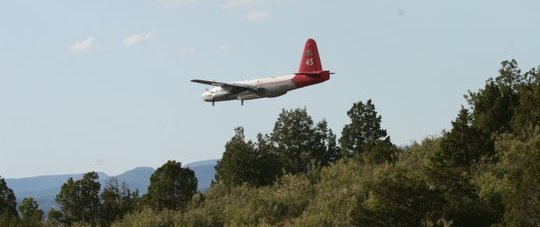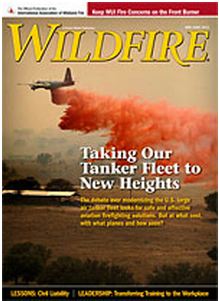
The U.S. Forest Service has awarded a contract for another air tanker study, the sixth air tanker study in the last 17 years. It was given Friday June 1 to AVID LLC, a company in Virginia, which will receive $380,000 from the taxpayers, about half of what RAND received for their secret study, described by the USFS, “The data, analysis, and conclusion in this report are not accurate or complete.” This additional air tanker study should be finished in November. We will be curious to see if the USFS keeps this one secret also.
In scanning AVID’s web site, we can find no mention of wildfire, dispatching, aerial firefighting tactics, or air tankers. Some of the projects they have been involved with include software to determine the best route for an aircraft to reduce noise on takeoff, a small hovering unmanned aerial vehicle, and aerospace engineering.
The primary objective of this additional study is to “identify the appropriate number and types of aviation resources necessary to effectively meet future fire management needs”. In describing the contract, the USFS wrote:
The aerial firefighting mission is extremely complex in terms of aircraft use, aircraft characteristics, bases, contracts, costs, dispatching, mission objectives, tactics, strategy and communications.
It baffles me that a company with no apparent experience in the above, can provide a product that will be worth $380,000 of taxpayers’ money. What it will likely accomplish for the USFS is another six-month delay before they actually have to make a serious, detailed decision about rebuilding the air tanker fleet which, through neglect, has atrophied, from 44 in 2002 to the 9 we have today.
This reduction in the air tanker fleet has made fast, effective initial attack with ground AND air resources a quaint idea in our memory. If fires are not caught when they are small, some of them become large, and a few grow into mega-fires, consuming hundreds of thousands of acres and tens of millions of our dollars.
The U.S. taxpayers can only hope that this sixth air tanker study finally gives the USFS Fire and Aviation Management folks the answer they have been wanting, so we can cease this ridiculous analysis paralysis.
We wrote more about this sixth air tanker study in March.

